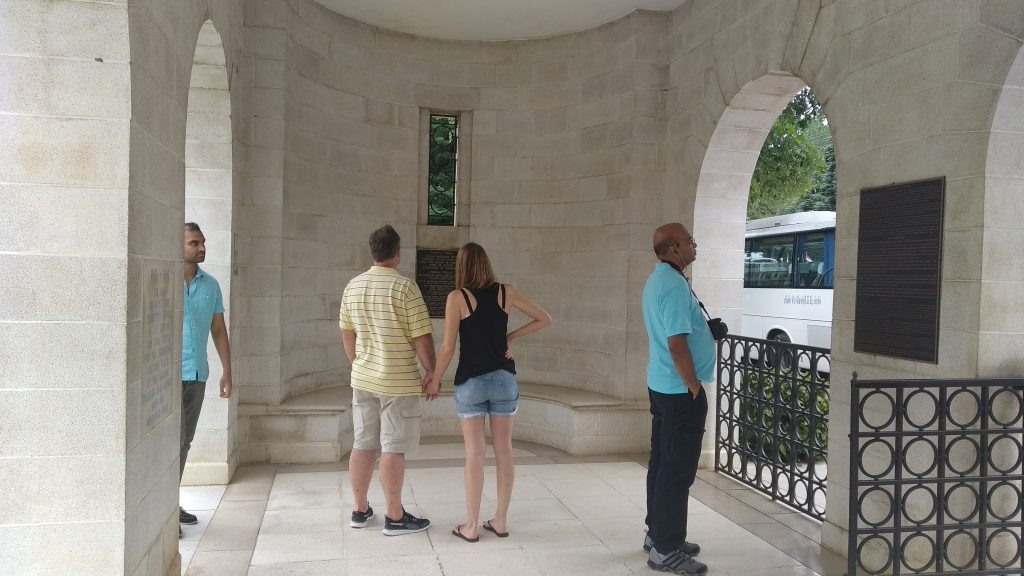
Dark tourism by visiting historical site of death and disaster is now popular in the modern era. Dark tourism has the power to bring the history alive and offers visitors an authentic experience and opportunity to learn from the past.
The war cemetery in Kanchanaburi, Thailand not only presents the beauty of landscapes and botanical designs but connecting visitors with the history where dark events, tragedies, and disasters occurred in this city.

Travelers who have been to Kanchanaburi know for sure that this area is special. Kanchanaburi is the third largest province in Thailand. Located 129 kilometers North-West of Bangkok, Kanchanaburi is famous for its mountainous and hilly areas. In Kanchanaburi visitors will find a mix of natural tourism opportunities in the lush tropical wilderness with historical tourism.
The Kanchanaburi War Cemetery is one of the historical sights worth visiting. This site keeps traces of the tragedy of the atrocities of war. Located adjacent to Saeng Chuto Road, the main road through the city, The Kanchanaburi War Cemetery is the resting home of nearly 7,000 former prisoners of war (POW) mostly Dutch, British, Australian, and other Commonwealth soldiers who sacrificed their lives to build the Death Railway during World War II.


Japan forced prisoners of war to build the 424-kilometer Burma-Siam railroad during the war. Japan trying to make a transportation route through Siam (Thailand) to Burma (Myanmar) to reduce dependence on sea transportation so that it can move more freely to India.
The workers based in Siam and others in Burma work from opposite ends towards the centre. The two sections of the line finally met near Konkoita towards the end of October 1943. The Death Railway was completed in 14 months and the train started operating in December 1943. The railway line was closed in 1947.



Walking past the graves and reading the inscriptions on the Kanchanaburi War Cemetery can be an emotional experience and an authentic historical experiences. The graves represent only a few minor figures who died toiling under the conditions of railroad construction during the Japanese invasion.
Visitors can experiment with imagining the past event, and build a better understanding of why the tragedy happened.

The Kanchanaburi War Cemetery is actually an open park with shady trees that displays a collection of gravestones of former prisoners of war (POW). An open-air museum offering beautiful landscape and botanical designs.
The necro tourism or cemetery tourism in Kanchanaburi connects visitors with the past where dark events, tragedies and disasters occurred in the city. This unique tourism has the power to bring the history alive and offers visitors opportunity to learn from the past.


Kanchanaburi War Cemetery is one of Thailand’s successes in developing nectro tourism or cemetery tourism. Kanchaburi War Cemetery is well preserved. The management takes care of the cemetery, maintains the cleanliness and tidiness of the tomb.
They also strive to attract visitors by providing adequate information about the dark events that killed around 7000 prisoners of war (POW) while building “The Death Railway” during World War II.

Tourism activities that feature places related to death, cruelty, disaster, tragedy or destruction, have a sinister past that attracts tourists from various parts of the world.
Necro tourism or cemetery tourism, dark tourism, black tourism, or mourning tourism are special tourism that are seen as guardians of historical heritage. This special tourism is rich in educational value and offers more value about the meaning of life. Necro tourism has great potential in addition to historical, cultural and ecotourism.
COPYRIGHT ©cutitips 2022